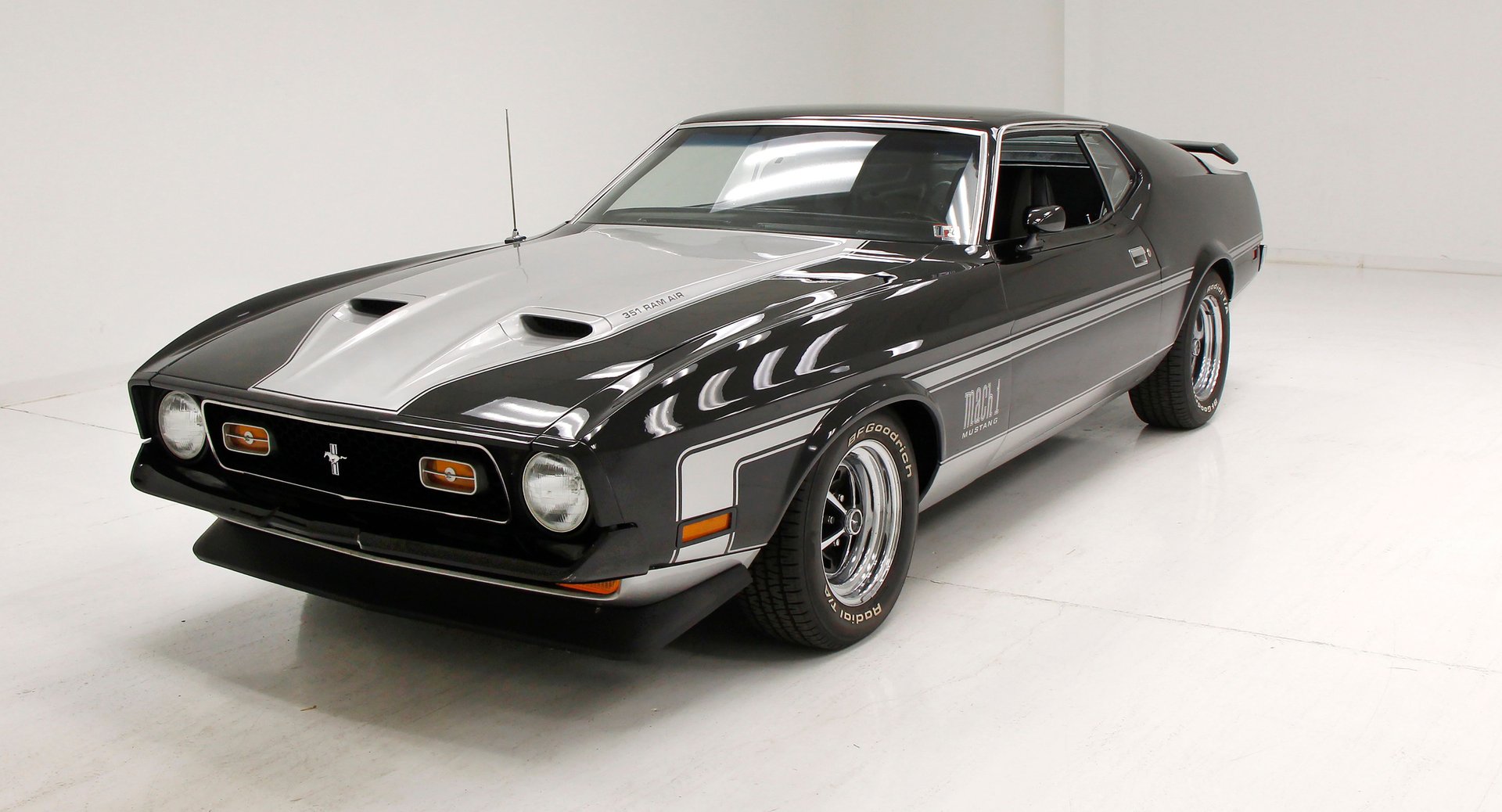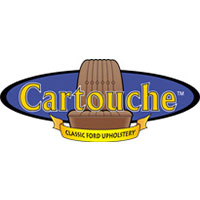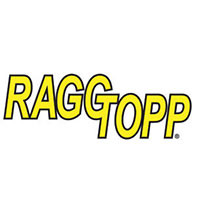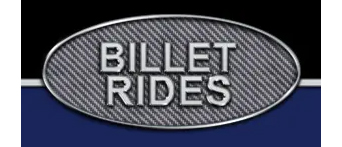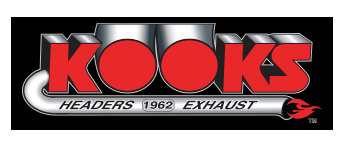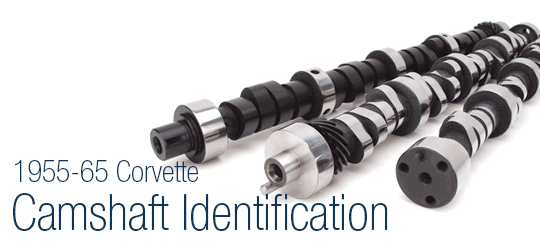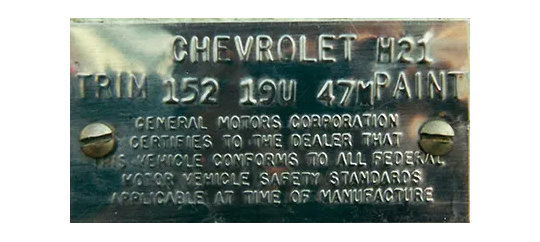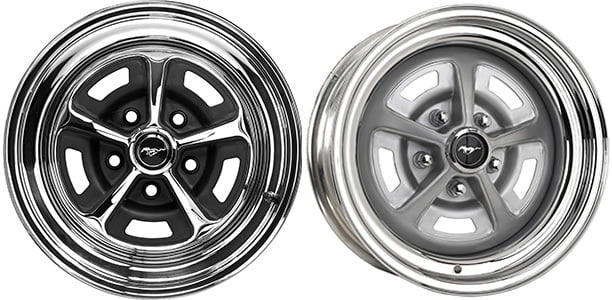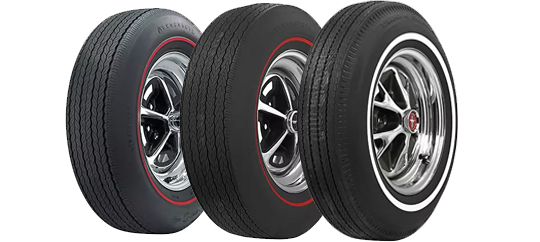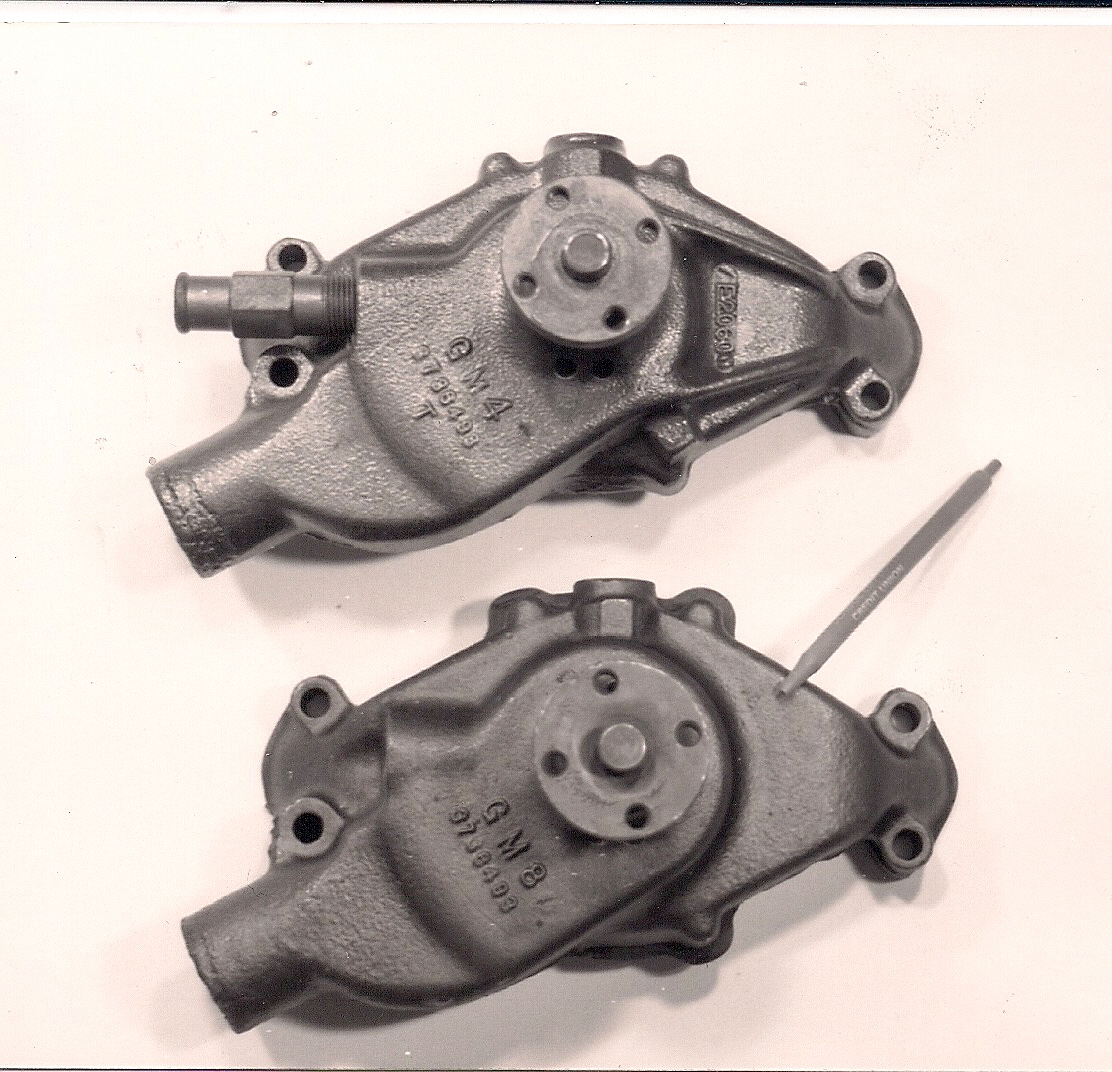The Shelby Mustangs That Never Were
- Dec 18, 2014
By Ron Bramlett
Before reading this article, there’s something you must understand. In 2005, Wilhelm Motor Works was granted a contract to build a prototype G.T.350C for Shelby’s approval. The G.T.350Cs you see here were built while Wilhelm Motor Works held that contract and all three were to be a licensed product of the Shelby automotive family of performance cars. However, during their construction, events took place which has taken the Shelby status away from them. Those events include three lawsuits, one of which Shelby was found to have breached the contract which led to these cars being built and, because of the breach, a $250 Million dollar lawsuit thereafter. Because of this, everyone should agree that these are special cars. After all, how many cars can claim to be the cause of so large a lawsuit? In any event, these Mustang Convertibles are not being called Shelbys by anyone. This article is about when, where and why they were built which is what makes them the special cars that they are today.
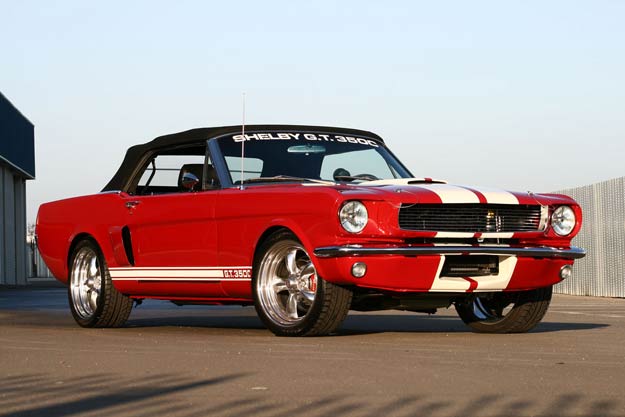
The story of the G.T.350C starts in 2002 with another famous Shelby Mustang, the G.T.500E Eleanor. As told by Jon Wilhelm of Wilhelm Motor Works, after seeing the 2000 release of "Gone In Sixty Seconds", Wilhelm went to Carroll Shelby and requested the rights to build Eleanor Mustangs to sell to the public with Shelby’s endorsement. According to Wilhelm, an agreement was made and Wilhelm met Steve Sanderson of Sanderson Sales and Marketing who engaged in selling Shelby Cobras. Because of their marketing expertise, it was agreed that Sanderson Sales and Marketing would be the sales outlet for the Eleanors once they were completed. This led to Jon Wilhelm and Steve Sanderson setting out to find someone to work with to actually build the G.T.500E Eleanor Mustangs. They found Doug Hasty at Unique Motorcars and the project moved forward.
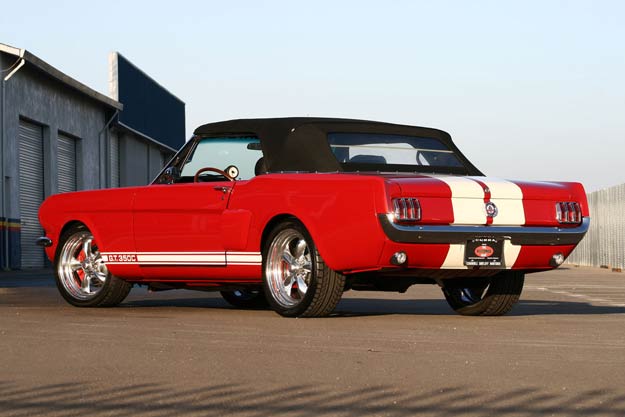
It didn’t take long before Jon Wilhelm was out and Steve Sanderson and Doug Hasty went forward without him, renaming Hasty’s company Unique Performance. Since Wilhelm and Shelby had an agreement about the building of Eleanor Mustangs, Wilhelm complained to Shelby about the others stealing his idea and forcing him out. As it turned out, Wilhelm Motor Works ended up taking Shelby to court to enforce this agreement. It’s at this time that the G.T.350C idea started to become a reality. At the SEMA Convention in Las Vegas in November, 2004, Wilhelm scheduled a meeting with Ron Bramlett and David Bramlett of Mustangs Plus in Stockton, California. Mustangs Plus supplied many parts and products to Unique Performance for the building of the Eleanor Mustangs and Ron Bramlett and Jon Wilhelm had gotten to know each other before Wilhelm had left Unique. During that meeting, Wilhelm told the Bramletts that he was suing Shelby over the Eleanor Mustang and thought that Shelby might allow him to become a Shelby licensee and build another type of Shelby Mustang if he dropped the lawsuit. He then asked the Bramletts if they would be interested in working on a project with him to build Shelby-licensed and endorsed specialty Mustangs. The Bramletts told Wilhelm that if he and Shelby reached an agreement and if he got such a contract, to call them and let them know.
In June of 2005, Wilhelm was at Mustangs Plus with a signed contract from Shelby in hand to build an unlimited amount of 1964-1/2 to 1970 G.T.350C Mustangs and an unlimited amount of 1964-1/2 to 1970 G.T.350CR Mustangs. In effect, a contract that was potentially worth millions of dollars. The "C" was to stand for "Continuation" and the "CR" was to stand for "Continuation Retractable". Yes, Wilhelm Motor Works planned to build Retractable Hard Top Shelby Mustangs, too. Since the contract was for an unlimited amount of Shelby endorsed cars, and after the Bramletts verified the contract, the Bramletts decided to work with Wilhelm to build the G.T.350C Prototype. After all, a project of this size definitely would sell some cars. The contract called for the prototype to be delivered to Shelby in Las Vegas on or before December, 2005 for approval. Since Wilhelm had been a part of getting the approval from Shelby on the Eleanor Mustang project, he felt he knew what it would take to get a quick approval so that Wilhelm Motor Works could get started selling G.T.350Cs. In July, 2005, the building of the Prototype was started.
A Red G.T.350 clone had been bought in the Midwest and shipped to Mustangs Plus to become the Prototype G.T.350C. Upon arrival at Mustangs Plus, the car was stripped of its drivetrain, suspension, brakes and interior. The body was in very nice condition with above average paint. Since Wilhelm said that the paint on the prototype was not as important as the performance, driveability and the theme of the car, it was determined that as much as possible of the existing paint would stay on the car to speed up the building process. One problem was the hood, which had been badly damaged and repaired. A new G.T.350 style fiberglass hood was fitted and painted, all the body panels were re-aligned as best as possible and paint touch up and polishing were done as needed. Underneath, everything was repainted and resealed before going on to the drivetrain, suspension, brakes and interior.
For the engine, a Ford Racing Performance Parts 340 hp aluminum-headed crate motor was chosen and installed. The parts used to build the G.T.350Cs had to available and be a brand name for customer confidence. Also, an endless supply from Ford would be available. As for the transmission, Wilhelm wanted an automatic transmission in the prototype because he felt that would be best for those wanting to test drive the car. Everything in the drivetrain was either new or rebuilt to new and installed. Also, on the prototype the interior needed to make a statement. Simple, but bold. To make this statement, Wilhelm had special seat upholstery made with the G.T.350C and Carroll Shelby’s signature stitched into it. These were to be made available as a Shelby licensed product to sell once the G.T.350C was approved and introduced.
By the middle of September, 2005, the G.T.350C Prototype was completed and ready for Shelby’s approval. Or, for Shelby’s suggestions for improvements. Since the project had gone so quickly and Wilhelm had no indication of any problems with Shelby, he decided that it would be a great opportunity to unveil the G.T.350C in Las Vegas at the 2005 SEMA Convention. Anticipating sales, Wilhelm started ordering cars from Mustangs Plus so that he would have them to show and sell as quickly as possible. The #001 Production G.T.350C was to be built to either go to the Barrett-Jackson Collector Car Auction in January, 2006 or to give to Carroll Shelby out right as a present, once the prototype was approved and production started. #002 and #003 were reserved for production cars for sale to be built after the #001 was completed. Wilhelm felt that his customers would like to pick the colors and options these low numbered G.T.350Cs would have. The #004 G.T.350C was to be a Wimbledon White with Guardsman Blue Le Mans striped G.T.350C to sell on eBay. Looking ahead, Wilhelm ordered the #004 G.T.350C before the #002 or #003 cars to get the eBay advertising underway as quickly as possible.
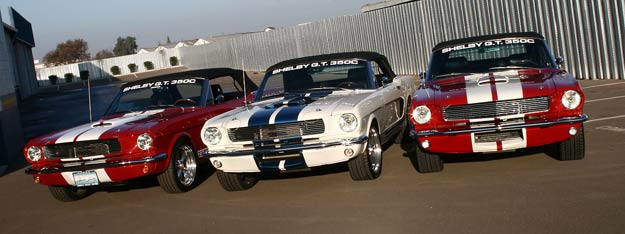
The #001 car (the red one at the top of this story) was loaded with options and the bottom of the car was painted and detailed to be just as beautiful as the top. No dings, dents or undercoating to be found anywhere. It’s equipped with a 392 stroker motor from Ford Racing Performance Products, a Tremec 3550 HD T5 5-speed transmission, power steering, upgraded factory air conditioning, a Ron Morris Performance Street Force Tubular Front Suspension Kit, Grab-A-Trak rear suspension, a 9" rear end and Stainless Steel Brake Corporation’s special power assisted Force 10 four-wheel disc brakes all the way around. The custom interior was also in the prototype stages and that’s why you’ll notice that the stitching on the front seats is done in color while the stitching on the rear seat is all done in black, the same color as the seat which doesn’t stand out. While everyone at Mustangs Plus and The Restomod Shop liked the color version, Wilhelm was experimenting to see what would look the best.
While the #001 G.T.350C was a work of art and loaded with options, the #004 G.T.350C was ordered as a fairly basic car. The original 289 and 4-speed transmission were refurbished and kept in the car. It had a few options such as Scat high back front bucket seats, power steering and a tilt steering wheel, but it was not loaded with expensive parts and products that would price it beyond most buyers budgets. By allowing for a lower price point, Wilhelm felt that his customers could order their G.T.350C and then add the options that each individual customer liked from there.
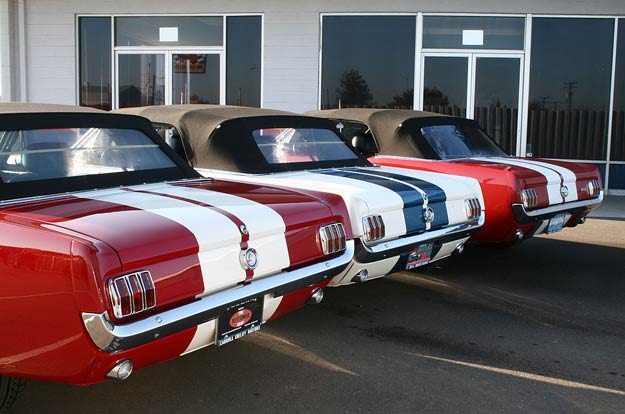
Before work could be started on any of the other G.T.350Cs, Shelby filed a lawsuit against Jon Wilhelm and Wilhelm Motor Works for trademark Infringement. They also declared the G.T.350C and G.T.CR contract canceled. Without Shelby’s endorsement, the project was stopped dead in its tracks. Two years later, after all was said and done, Shelby had been found by a court of law in California to have breached the contract with Wilhelm Motor Works concerning the building of the G.T.350Cs and Jon Wilhelm had been found guilty of infringing on the Shelby trademark. The fact that Shelby was found guilty of breaching the G.T.350C contract led to the $250 million lawsuit that Jon Wilhelm and Wilhelm Motor Works filed against Shelby.
The three G.T.350Cs you see here belong to Ron and David Bramlett, owners of Mustangs Plus in Stockton, California. No other G.T.350Cs than the three here were built by Mustangs Plus for Wilhelm Motors Works. Wilhelm Motor Works had ordered these three cars while the Shelby contract was in force. When Shelby sued, Wilhelm Motor Works couldn’t sell them. And since Wilhelm didn’t have the money to pay Mustangs Plus for them, the Bramlett’s ended up owning them.
So, there you have it. The tale of three beautiful Mustang convertibles that were on the verge of becoming automotive royalty but were kicked out of the Shelby family before they were ever let in! It would be very interesting to see where the G.T.350C project would be today if Wilhelm Motor Works and Shelby could have worked things out.







